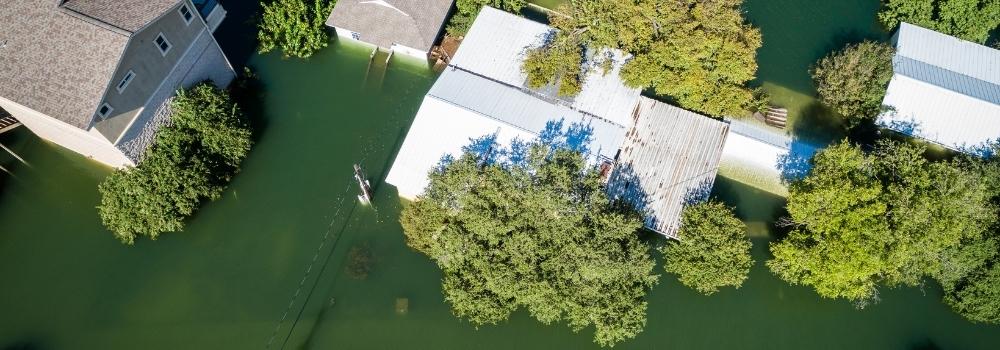Floods are the most common kind of natural disaster in Canada, so it pays to know how to protect against flooding. Insurance coverage costs for flood damage are trending upward as they happen more often, too. Floods can result from heavy rainfalls, from hurricanes, the breaching of a dam, or from a river overflowing its banks, which is a serious concern for Canadians who live in homes on land prone to flooding.
You should call your insurance company and ask if you have insurance coverage for floods and if not, you should buy some for added peace of mind and protection. However, there are a few things you can actively do at home to protect your property against flooding. Here are a few ways to keep water out of your home:
Direct downspouts away from your house
Your downspouts, or the pipes that carry water from your roof to a drain or the ground, should be positioned so that the water falls at least 3 metres away from the foundation of your house.
Make sure your sewer grates are open
If you have a sewer grate, a cover made up of bars that sits over the hole in the ground where sewage flows away, make it part of your home maintenance routine to check that it is clear of all debris, like wet leaves, branches, and dirt, and that it is not closed.
Cover your window wells
If you have window wells, small barriers that surround the area in front of your basement windows, put a plastic cover on them so that water is not able to flow into them. You can see images of covered window wells that help to prevent water damage here.
Knowing how to protect against flooding starts with stopping the water in its path—no surprise there!
Check for pools of water off the beaten path
The next time the skies open up, and it rains, put on your rubber boots and a good rain jacket and walk around the perimeter of your house, even if it is a new home, looking for pools of water. If water is pooling in certain places, you should grade those areas so that water flows away from your home.

Install a sump pump
A sump is a depression in a basement floor where water gathers, and a sump pump pumps that water to an outside drain. If your home has a sump, you should have a sump pump installed, and you should keep extra batteries on hand as floods are often accompanied by power outages.
How to protect against flooding with a backflow valve
A backwater valve allows sewage to leave your home, but not to enter your home. If the main sewer line in your street becomes overloaded, it will send sewage back through the pipes that are connected to homes.
It is relatively inexpensive to install a backwater valve in a new home as you are building, between $50 and $250, but to put one in an existing home is more expensive, from $1,000 to $2,000.
Seal leaks and cracks in your foundation
As part of your home maintenance routine, examine your foundation for leaks and cracks, and seal any you find with vinyl concrete patching, which you can buy at a local hardware shop.
Raise your appliances above the basement
Your boiler and any other appliance that sits in your basement should be raised well above the level of the floor so that they escape water damage during a minor flood, or moved upstairs to a garage, if possible, in houses in low-lying areas. Ask your home insurance provider if they offer rebates should you take steps to protect large appliances from water damage.
For more expert advice on how to protect against flooding or information on flood damage insurance, contact aha insurance today and speak with our friendly advisors.






